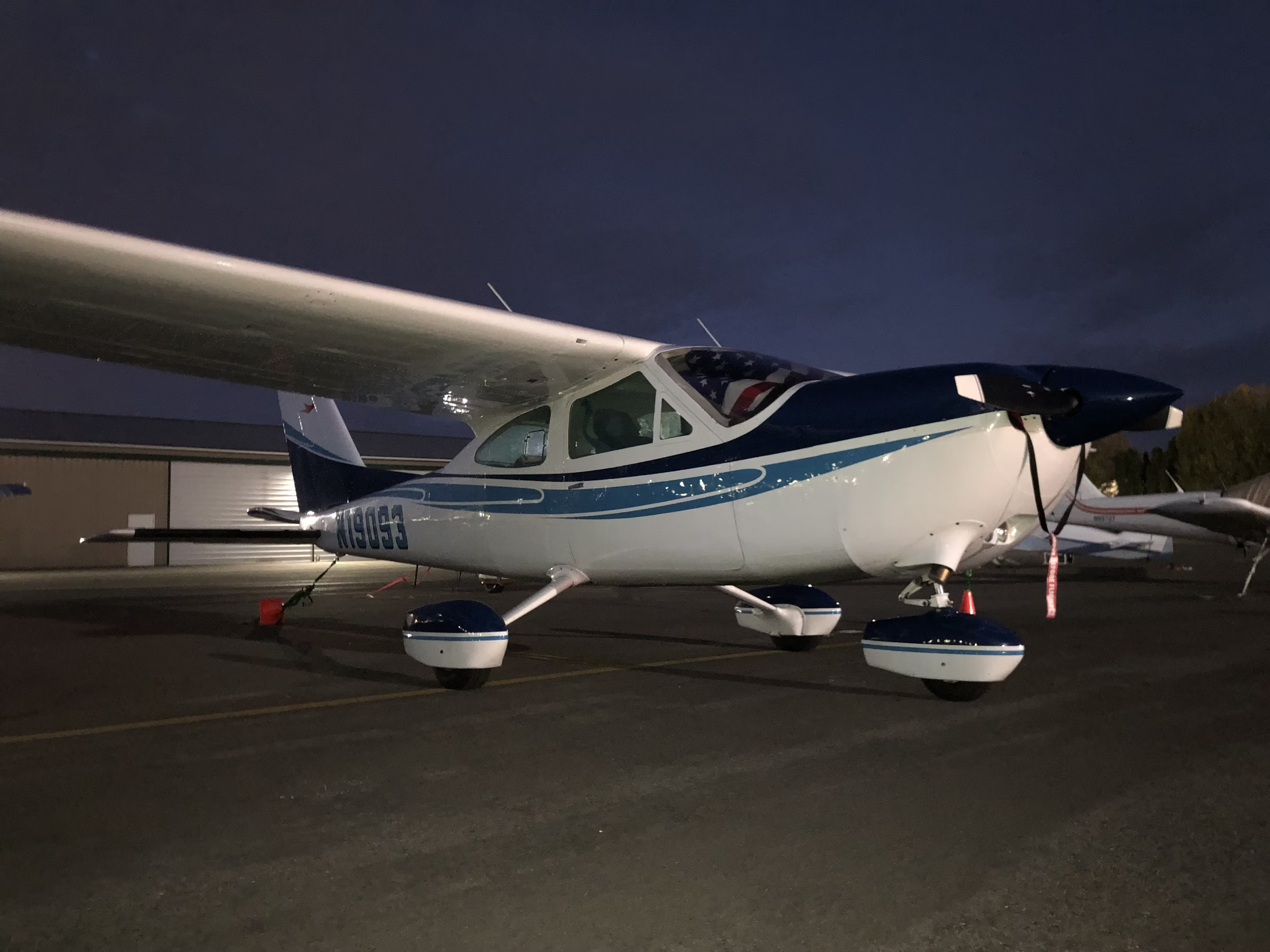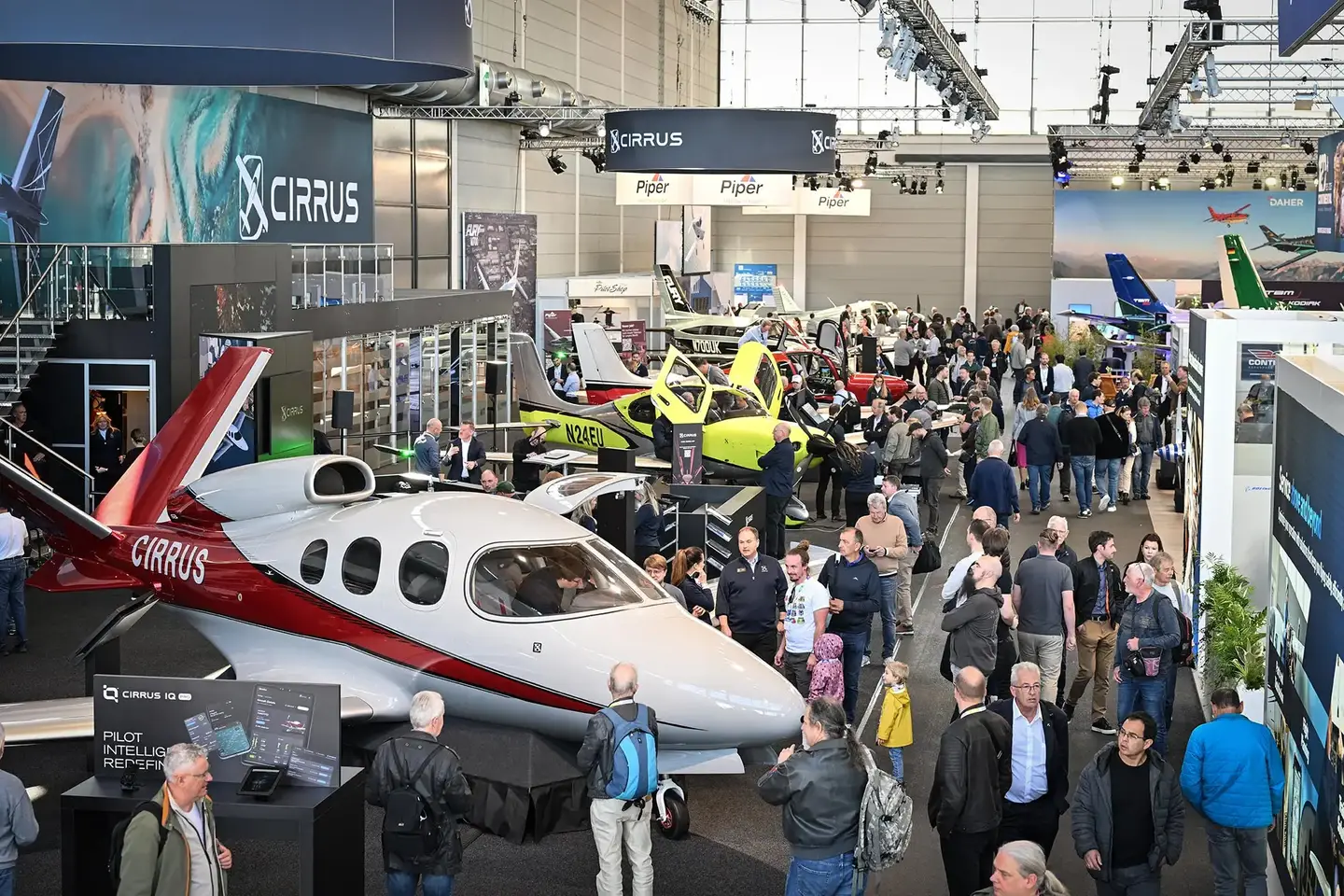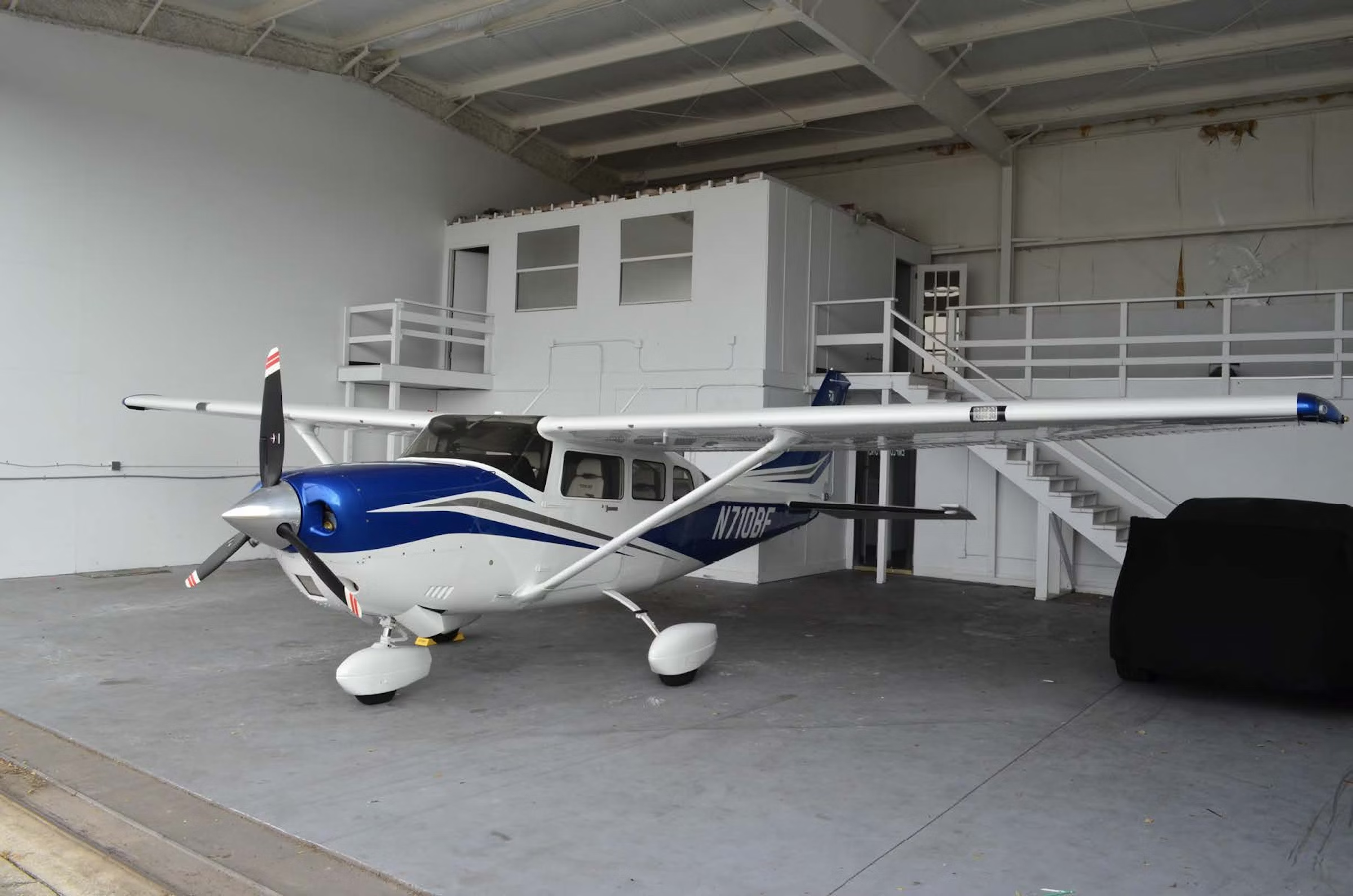
While the name Daher-Socata is new, the roots of the company can be traced back to the beginnings of man's adventure with the airplane, starting 100 years ago under the name Morane-Saulnier. Over the last century, the company has developed 94 models and produced more than 17,000 aircraft. It also participated in many aviation firsts: the world’s first air race, first Mediterranean air crossing, first machine-gun firing through the propeller system and the first sliding canopy.
Prior to creating his own company, Raymond Saulnier worked for Blériot for the Channel crossing airplane and was the first engineer to publish a book about airplane technology. In 1911 he partnered with his friend Léon Morane, the first aviator, to break the 50 mph speed barrier, and his sportsman brother Robert to develop monoplanes that produced far superior performance compared to the biplanes of the time. They had their first success the same year at the world’s first air race, the Paris-Madrid, won by a Morane flown by Jules Védrines.
The next year Frenchman George Mestach toured the United States with a similar airplane and made the second U.S. airmail delivery from New Orleans to Baton Rouge. Purchased by pioneer aviator Earl S. Daugherty, creator of the Long Beach airfield in California, this airplane is currently on display at the Canadian National Aviation Museum in Ottawa.
In France 1912 models, Type G and H, made the brand more distinctive, with more streamlined lines. Famous aviator Roland Garros joined the team and influenced Raymond to reduce airframe weight to improve the power/weight ratio and flight controls. After setting a world altitude record of 15,000 feet in December 1912, Garros made the first successful air crossing of the Mediterranean with Type H monoplane in September 1913.
Morane-Saulnier aircraft subsequently accumulated 1,000 miles of flight distance during a number of historic crossings without incident – giving credibility to the idea that aviation could mature into a true transportation tool. Among milestone flights were Domingo Rosillo's first time crossing from Key West, Florida, to Havana, Cuba, in May 1913 and Marc Pourpe's 1,250-mile journey from Cairo to Khartoum in January 1914, assisted by Raoul Lufbery, a future war ace of the famous Lafayette escadrille.
If Morane-Saulnier didn’t invent the high-wing monoplane it might have well have, as its "Parasol" monoplane, soon became a popular choice for carrying passengers on sight seeing rides. When World War I started, the Type L received substantial orders as a reconnaissance aircraft, before being assigned to combat duties in 1915, because of its speed and agility. French, British and Russian aviators scored their first victories in it.
Among them Roland Garros achieved the first-ever shooting-down of an aircraft by a machine-gun firing through the propeller, April 1, 1915. He used Saulnier's work on metal deflector wedges attached to propeller blades. MS also designed the first single-seat tractor fighter aircraft, the medium wing Type N, which was nicknamed “Bullet” as it was then the fastest Allied aircraft.
The swept-wing Type AI, introduced in early 1918, saw limited front-line service, though pilots praised its handling qualities. The US Army Air Service purchased 50 of them for advanced training. Some survive today in museums and collections, including examples at Fantasy of Flight and Old Rhinebeck Aerodrome.
After the war with military orders being cancelled, Morane-Saulnier specialized in training aircraft, first for their own flight school near Paris, which helped to sell some aircraft to private owners. Handling qualities of the Morane-Saulnier Parasol trainers, especially with the introduction of auto-stable airfoil on 1929 MS models, resulted in the sale of 3,000 trainers in 37 countries, including the United States. Pilots flying Morane-Saulniers at airshows helped also: in 1928 Alfred Fronval performed 1,111 consecutive loops in 4 hours 56 minutes with his MS 129.
In the mid 30s, the reactivity of the small-sized company and expertise in light airframe helped MS to win France’s fighter aircraft program to replace obsolete fleets with the MS 405, a revolutionary new aircraft project, a contemporary of the Curtiss P-36.
Designed around the Hispano-Suiza V12 liquid-cooled engine, the MS 405 had a host of new features: a full-metal airframe, a retractable landing gear, a variable-pitch propeller, a closed canopy, oxygen and radio. It was the first aircraft ever to be equipped with a sliding canopy. An MS patent was later adopted by many other manufacturers.
The MS 405 prototype made its maiden flight in August 1935, reaching a speed of 280 mph. Unfortunately the program was slowed by political environment. In 1938 large-scale production began for 1,000 MS 406 just in time for World War II but not in enough time to help stop the Nazi invasion.
In 1941, Morane-Saulnier factory near Paris was forced to build the Fieseler Storch, while the design team and some skilled workers moved secretly to a new factory in Tarbes, then in the free zone, to continue works on fighter prototypes, including the fighter-trainer MS 470, which flew for the first time early 1945.
After the war Morane-Saulnier like most of the French aircraft industry had to work hard to enter the jet age. Despite this handicap, the imaginative technical team gave birth to a jet trainer project. The result was the four-seater MS 760 aiming at the fast liaison market, which flew in 1954. Soon the prototype, named “Paris” when used by French minister of Defense for a NATO trip, created quite a buzz throughout the world.
Beech Aircraft Corporation became the official U.S. dealer and organized a tour, which started in June 1955 in New York City and ended at the NBAA Convention in Las Vegas in October. At a time when the Boeing 707 and Douglas DC-8 were only just brining the world into the jet age, the Morane-Saulnier team visited 27 states and flew 2,139 passengers with the Paris Jet. Certified by the FAA in 1958, a couple of Paris Jets were delivered the same year, one of them to Frank Sinatra.
Despite sales efforts, the market was not yet ready for the jet and the program only produced 165 airplanes.
At the end of the 50s, the firm concentrated its efforts on a General Aviation project, a light training and touring aircraft, the Rallye, which flew in 1959. Designed to be “everyman’s airplane” thanks to its automated wing slats and slotted flaps, this airplane became the most successful model in the European general aviation market. A total of 3,300 Rallyes, in 34 different models, were produced and exported to 65 countries, including the United States, where it was sold as the Waco Minerva.
Following retirement of founding fathers Raymond Saulnier and Robert Morane, and after a transition period, the company went under the control of Sud Aviation (ancestor of EADS) which was renamed as Socata for “Société de Construction d'Avions de Tourisme et d'Affaires,” which in French means: touring and business aircraft manufacturing company.
Despite extensive industrialization, production of the Rallye was expensive, so a new range was developed in the 70s, the Caribbean line, manufactured using machining technology. These were the fixed-gear TB 9 Tampico and TB 10 Tobago, followed by the retractable-gear Trinidad and its turbocharged version. Produced from 1979 to 2006, more than 2,000 TB were produced and sold, and they firmly established the Socata brand in the states.
In 1985 came the TBM 700 project, the fruit of a partnership between Socata and Mooney Aircraft. In 1990, the 700 became the first pressurized single-engine turboprop aircraft to be certified. Designed to carry six persons in a comfortable, pressurized cabin, the 700 is capable of operating from relatively short runways and reaching speeds of 300 knots. It set new standards and gave rise to the world's fastest single-engine turboprop aircraft: the TBM 850.
With the TBM 850’s on-going production, for the first time in aviation history an aircraft manufacturer can lay claim to a century of uninterrupted production.

Sign-up for newsletters & special offers!
Get the latest FLYING stories & special offers delivered directly to your inbox






